![[Moon Landscape], Lebanon - Maleas Konstantinos](https://www.nationalgallery.gr/wp-content/uploads/2025/01/77747_2000_2000-500x331.jpg)
Maleas Konstantinos (1879 - 1928)
[Moon Landscape], Lebanon, 1910 - 1913
Graduate of the Megali tou Genous Scholi (Great School of the Hellenes) he studied architecture at the Polytechnic School of Constantinople. From 1901 to 1908 he lived in Paris, where he took painting lessons from the neo-impressionist Henri Martin and studied at the School of the Decorative Arts. At the same time his exhibition activity commenced. He returned to his homeland and travelled to the Middle East, painting intensively (1908-1910). In 1913 he moved with his family to Thessaloniki and the following year was appointed chief engineer to the municipality, a post he remained at till 1917, when he settled in Athens. During the Thessaloniki fire of 1917 many of his works were destroyed. In 1918 he became the Director of the Museum of Folk Handicrafts and was appointed a member of the Artistic Council of the National Gallery. In 1920 he travelled to Sparta, Mystras, Olympia and Naxos, and the next year to Thermo, Aitolia, accompanying the archaeologist Konstantinos Romaios. During the period of 1921-1923 he lived and worked in Chios and Lesbos and in 1923 received the Prize in Letters and Arts. A founding member of the Art Group, he participated in its exhibitions, while presenting his works in other group shows and a total of thirteen solo exhibitions. A year before his death at forty-nine years of age, he visited Paris and Munich. In 1936 his works were sent to the Venice Biennale. Retrospective presentations of his work were held in 1929 at the Zappeion Hall and in 1980 at the National Gallery. In addition to his artistic creation he was also active in educational reform and worked in cooperation with Dimitrios Glinos, Alexandros Delmouzos and Manolis Triantafyllidis.
A revitalizing influence in Greek painting, using impressionist and post-impressionist models as his starting point, he produced mainly landscapes, in which schematization and powerful, pure colors dominate and in that way build a composition made up of unities.
![[Moon Landscape], Lebanon - Maleas Konstantinos](https://www.nationalgallery.gr/wp-content/uploads/2025/01/77747_2000_2000-500x331.jpg)
[Moon Landscape], Lebanon, 1910 - 1913
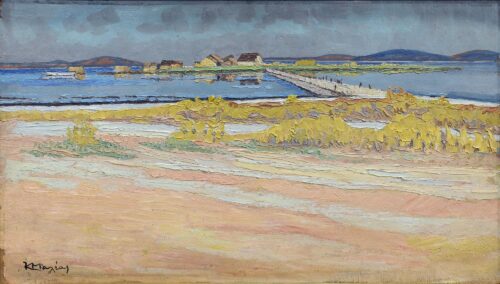
Messolonghi Lagoon, 1921
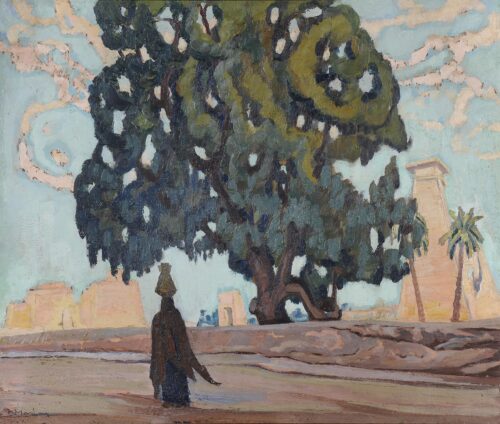
Landscape from Egypt, 1923
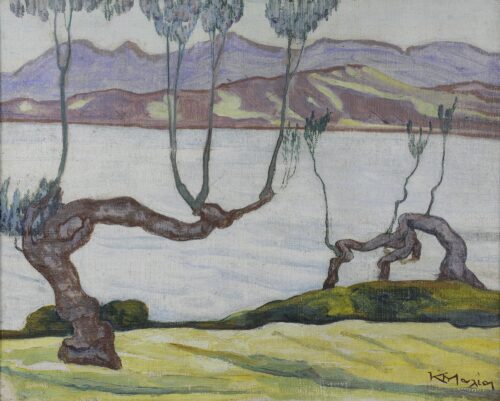
Landscape of Aswan on the Nile
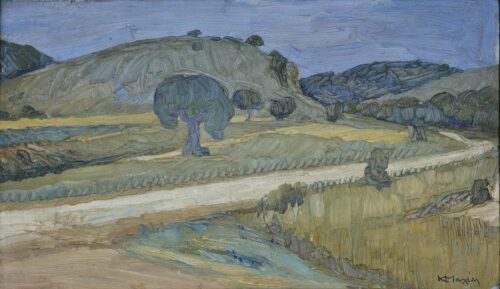
Attica Landscape, 1918 - 1920
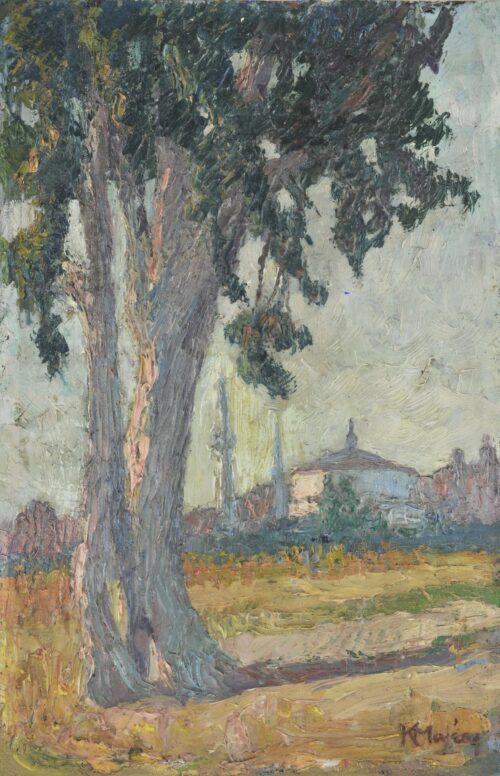
Landscape with a tree and mosque in depth, 1913 - 1914
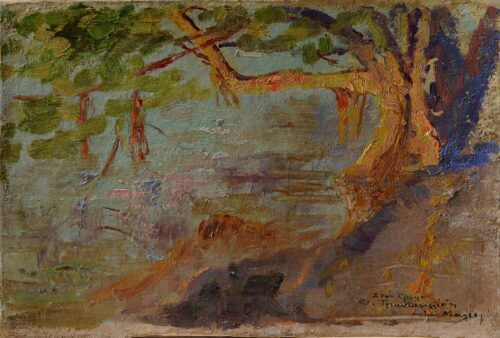
Tree, 1908 - 1913
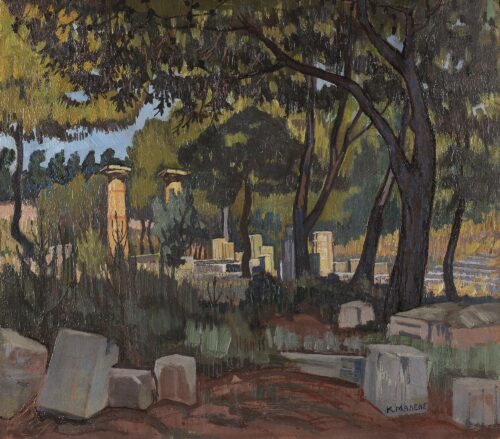
Landscape from Olympia, 1920
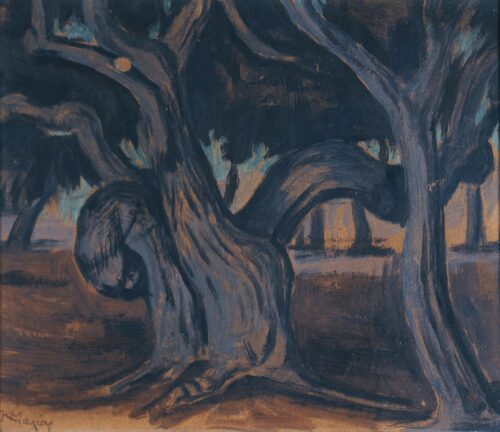
Olive Trees, 1920 - 1922
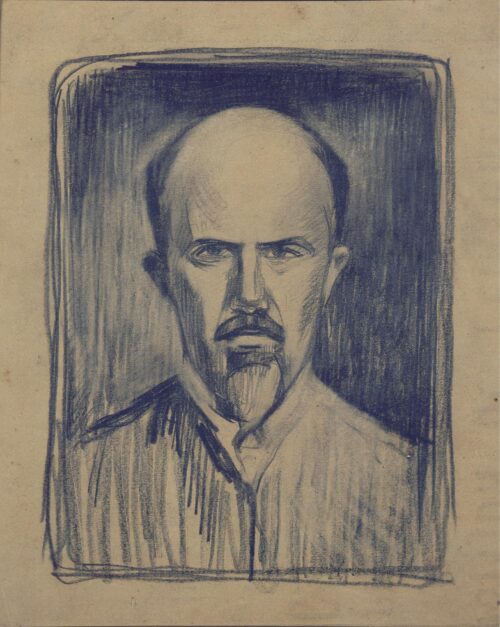
Self-Portrait
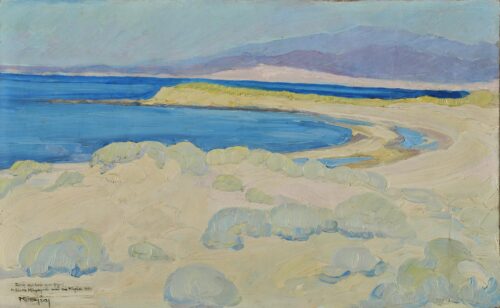
Landscape by the Sea, 1918 - 1920
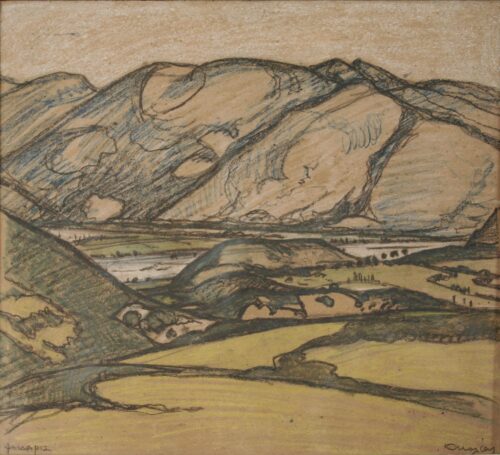
Landscape by the River Fidaris, 1921 - 1922
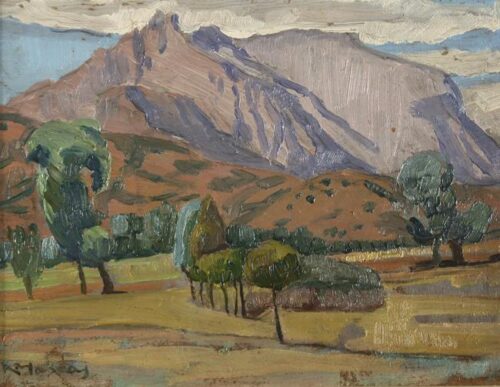
Landscape, 1920 - 1921
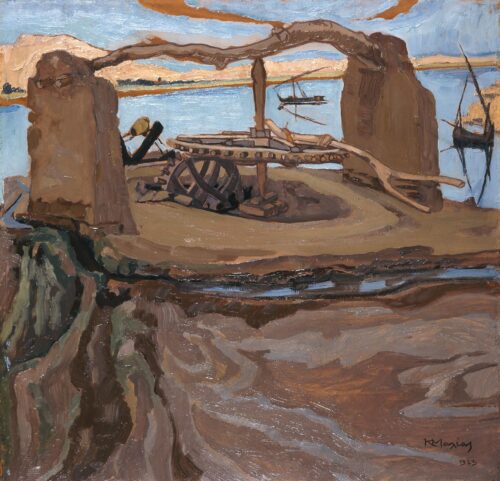
Draw-well, 1923
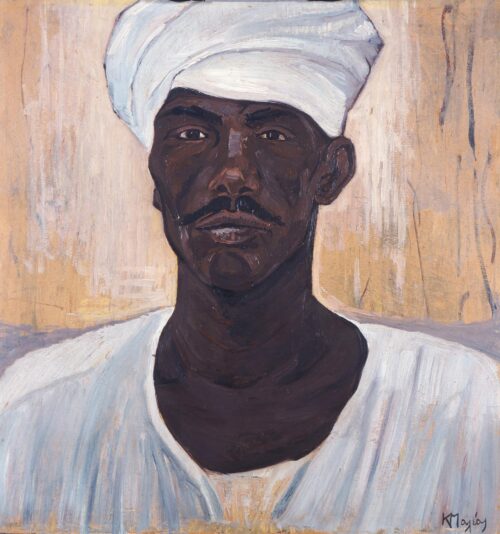
Black Man, 1923
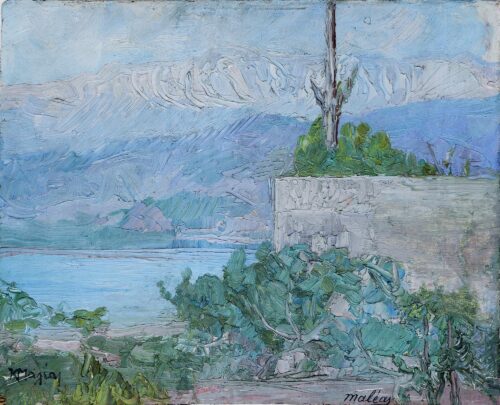
Lebanon, 1910
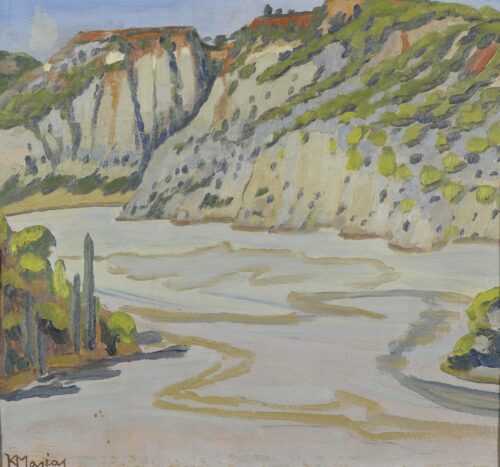
Delphi, 1922 - 1923
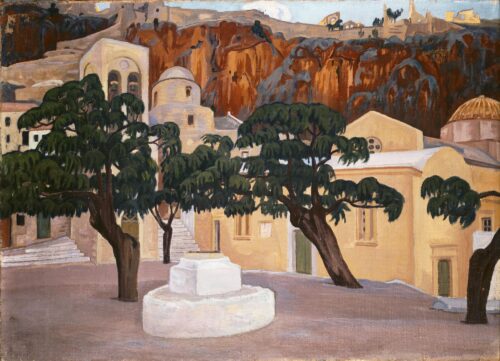
City Walls of Monemvasia, 1924 - 1928
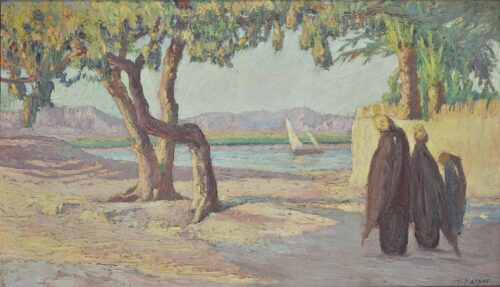
Sur le Nile (Soir), On the Nile (Evening), 1909 - 1911
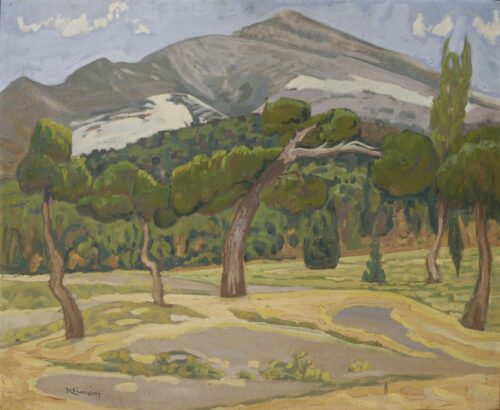
Penteli Landscape
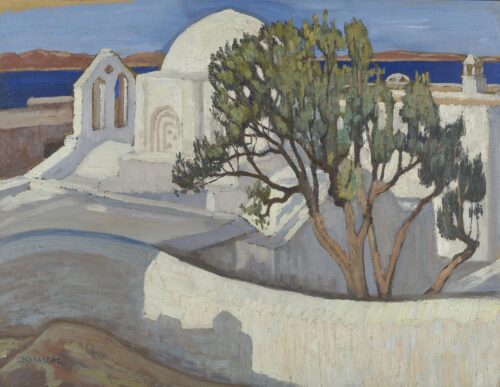
The Church of the Pantanassa, Naxos, ca 1924 - 1928
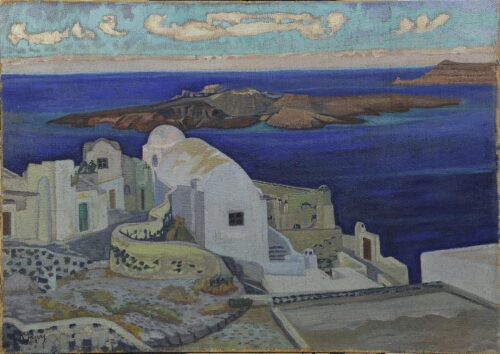
Santorini, 1924 - 1928
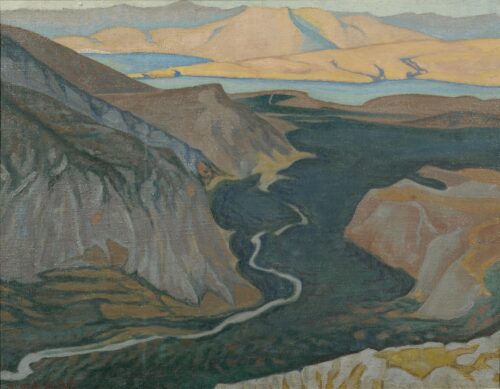
Delphi, 1922 - 1923
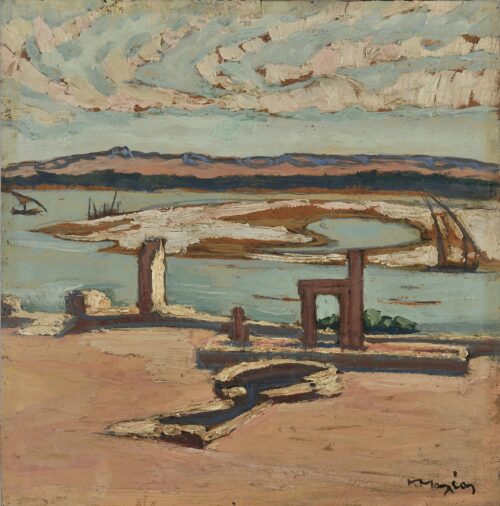
Aswan, 1924

We use cookies to make our site work properly, to personalize content and ads, to provide social media features and to analyze our traffic. We also share information about how you use our site with our social media, advertising and analytics partners. Read the Cookies Policy.
These cookies are necessary for the website to function and cannot be switched off in our systems. They are usually only set in response to actions made by you which amount to a request for services, such as setting your privacy preferences, logging in or filling in forms. You can set your browser to block or alert you about these cookies, but some parts of the site will not then work. These cookies do not store any personally identifiable information.
If you disable this cookie, we will not be able to save your preferences. This means that every time you visit this website you will need to enable or disable cookies again.
These cookies tell us about how you use the site and they help us to make it better. For example these cookies count the number of visitors to our website and see how visitors move around when they are using it. This helps us to improve the way our site works, for example, by ensuring that users find what they are looking for easily. Our website uses Google Analytics for statistics reporting.
Please enable Strictly Necessary Cookies first so that we can save your preferences!